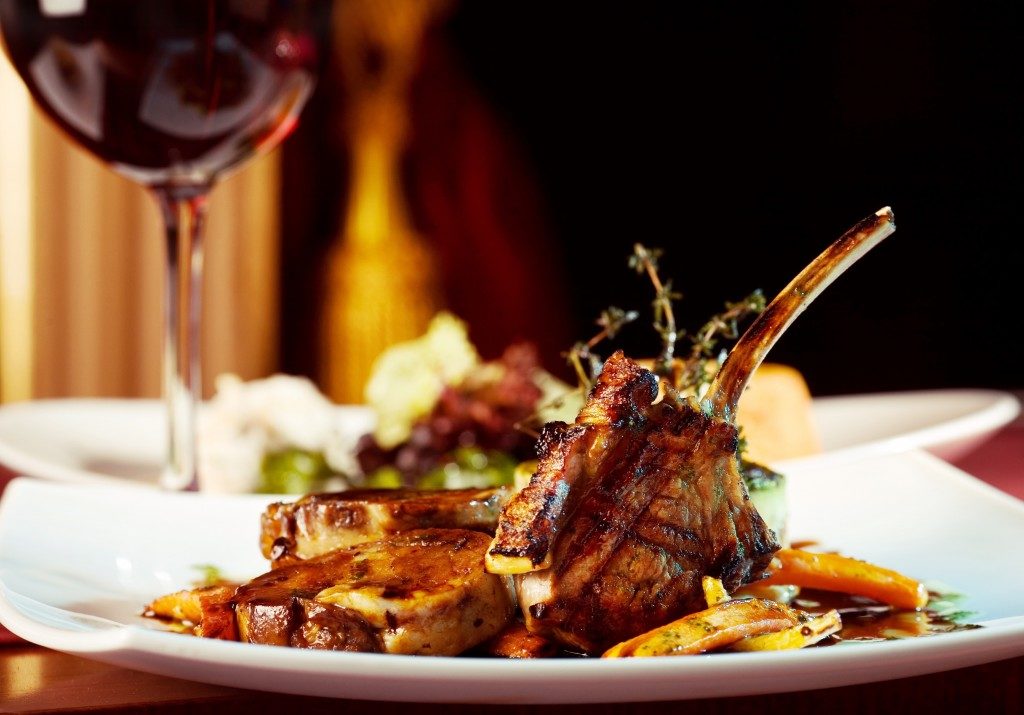You’re fresh into Wellington, coming from another country as an exchange student, a professional, or a tourist. The food here may be different from back home, but that shouldn’t mean feeling homesick.
Food, after all, brings people together. It represents a country’s culture and identity, from the ingredients used to the way it’s prepared and presented to the table. The cultural and historical significance of food is just unmistakable.
History
From the British Colony to the popularity of food festivals and the convenience of mobile food trucks for sale, New Zealand’s culinary history is a relatively new one.
As British influence continued throughout the 20th century, globalisation meant that travelling started to change the Kiwi preference — from the basic British-inspired dishes such as fish and chips, steaks, and pies — to a more Pacific and European approach. The arrival of Asian cultures, meanwhile, expanded the Kiwi cuisine from Pacific-European to a blend of Japanese, Thai, and many other Asian flavours.
Modern Times
Considering New Zealand’s culinary backgrounds comprising of different cultures and islands, modern-day Kiwi cuisine has developed to become a fusion-oriented one that frequents experimentation. Fusion foods, such as Canterbury lamb, orange roughy fish, mussels, hokey pokey ice cream, and tamarillos, are some examples of exotic dishes for newcomers and locals alike to enjoy.
Events

If you’re new to the country, food events and festivals are things to look forward to. If you’re in Bluff, their Oyster Festival boasts of unsophistication and a rich sample of oysters that will tickle your fancy if you love oysters and listening to live music.
If you’re into some real exotic food, the Hokitika Wildfoods Festival is renowned for serving dishes such as bug larva and sheep’s eyes. The festival also serves highland beef, as well as traditional gourmet selections.
If you’re a vegan or simply enjoy selections of fruits and fresh produce, meanwhile, the south island of Cromwell is home to New Zealand’s many fruits, including but not limited to pears, apples, and cherries. Such produce is also used for syrups, salads, ice creams, and wines. The fresh produce also means vendors and stalls in every turn. A similar event located in the farmers’ markets from Wellington’s Harbourside Market is a popular weekend gathering and meet-up location for tourists and locals.
For a more laidback and traditional approach, a simple farm lunch complete with barbecue in Lake Wakatipu, Queenstown also offers visitors some historical background on New Zealand and firsthand experience in handling a farm.
Cooking Styles
With today’s more health-conscious population and the fresh produce the country is known for, many residents here are growing their own food and choosing a more authentic and private dining home experience. Some establishments also give guests options to alter menu items from selected ingredients and prepared by a specialty chef.
If you’re new to the country, attending events such as food festivals and indulging in various culinary experiences will give you a glimpse of how locals enjoy their weekends and spend their time here. It’s a perfect way to try out new foods and meet new people in a fun and relaxed manner.






